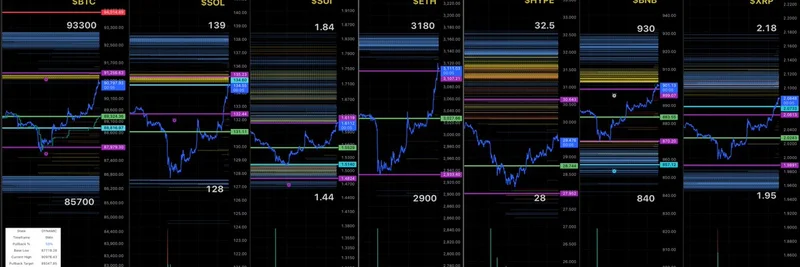Hey there, crypto enthusiasts! If you’ve ever dipped your toes into the wild world of decentralized finance (DeFi), you might have heard about something called "sandwich attacks." These sneaky moves can mess with your trades, and today, we’re diving into how Shutter Network is putting an end to them with their game-changing encrypted mempool launch. Let’s break it down!
What Are Sandwich Attacks, Anyway?
Imagine you’re trying to buy a meme token at a great price on a decentralized exchange (DEX). A bad actor spots your transaction in the public mempool (the waiting area for transactions on a blockchain) and jumps in front of you with their own trade to push the price up. Then, they place another trade right after yours to cash in. That’s a sandwich attack—trapping you in the middle and leaving you with a worse deal. It’s a form of maximal extractable value (MEV), where traders exploit the order of transactions for profit.
Shutter Network’s Big Move
Back in July 2024 at EthCC[7] in Brussels, the Shutter crew made waves by launching their encrypted mempool on Gnosis Chain. This wasn’t just a tech demo—it was a piñata-smashing party! Check out this epic moment:
The piñata symbolized the end of malicious MEV, and their tweet from July 6, 2025, here, reminds us of that victory. With a cheerful "Death to all sandwich attackers 🥪," they’re celebrating how their encrypted mempool keeps transaction details hidden until the block is finalized. No more front-running for those pesky bots!
How Does It Work?
Here’s the magic: when you submit a transaction, it gets encrypted before hitting the mempool. That means validators, builders, and attackers can’t peek at it. The transaction order is locked in only after the block is set, ensuring a fair shot for everyone. This tech, powered by threshold encryption, is already live and proving its worth on Gnosis Chain.
Why It Matters for Meme Tokens and Beyond
For meme token traders, this is a game-changer. Those quick, hype-driven trades are often targets for sandwich attacks, and Shutter’s solution adds a layer of security. But it’s not just about memes—Ethereum’s push for credibly neutral MEV infrastructure, as noted by David Hoffman, could make it a go-to for traditional finance (tradfi) too. A Robinhood chain opting for its own Layer 2 on Arbitrum (as mentioned in this thread) shows the trend, but Ethereum’s fair MEV setup might give it an edge.
The Bigger Picture
Shutter’s work isn’t just a win for Gnosis Chain—it’s a step toward a safer, more equitable blockchain ecosystem. By tackling malicious MEV, they’re helping DeFi grow stronger, which could mean more innovative meme tokens and projects in the future. Plus, with tradfi eyeing blockchain solutions, this could be the bridge we’ve been waiting for.
So, what do you think? Ready to see more encrypted mempools in action? Drop your thoughts in the comments, and stay tuned to Meme Insider for the latest on meme tokens and blockchain tech. Let’s keep the good vibes rolling! 🥪🚀


